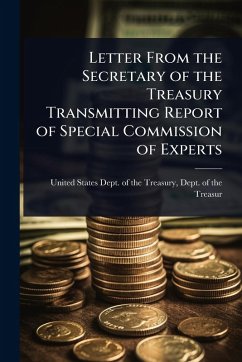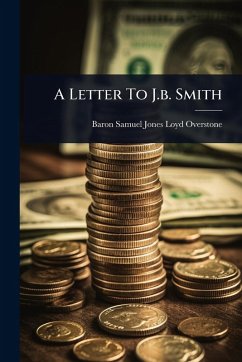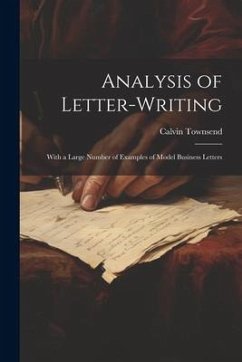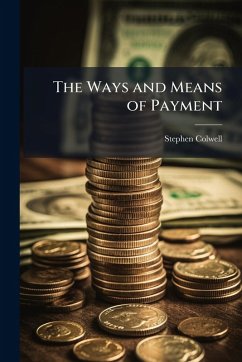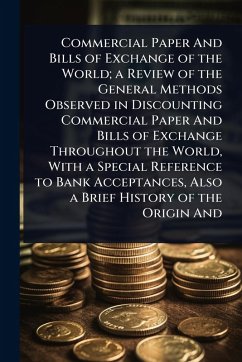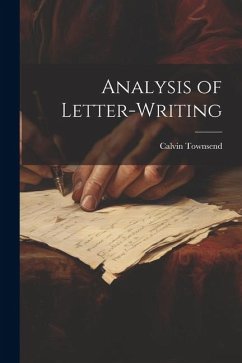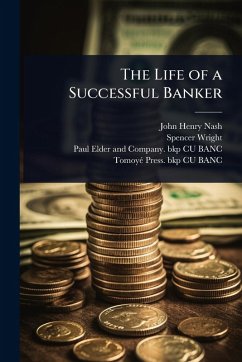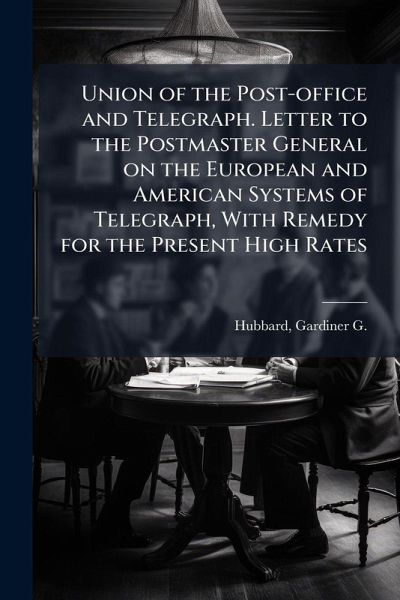
Union of the Post-office and Telegraph. Letter to the Postmaster General on the European and American Systems of Telegraph, With Remedy for the Present High Rates
Versandkostenfrei!
Versandfertig in über 4 Wochen
14,99 €
inkl. MwSt.

PAYBACK Punkte
7 °P sammeln!
In "Union of the Post-office and Telegraph," Gardiner G. Hubbard advocates for the integration of telegraph services within the postal system. Written in 1868, this letter to the Postmaster General examines European and American telegraph systems, proposing remedies for the excessively high telegraph rates of the time. Hubbard's analysis provides valuable insight into the economic and logistical challenges of early telecommunications. This historical document offers a unique perspective on the development of communication infrastructure and policy in the United States, appealing to those inter...
In "Union of the Post-office and Telegraph," Gardiner G. Hubbard advocates for the integration of telegraph services within the postal system. Written in 1868, this letter to the Postmaster General examines European and American telegraph systems, proposing remedies for the excessively high telegraph rates of the time. Hubbard's analysis provides valuable insight into the economic and logistical challenges of early telecommunications. This historical document offers a unique perspective on the development of communication infrastructure and policy in the United States, appealing to those interested in business history, technological innovation, and 19th-century American economics. This work has been selected by scholars as being culturally important, and is part of the knowledge base of civilization as we know it. This work was reproduced from the original artifact, and remains as true to the original work as possible. Therefore, you will see the original copyright references, library stamps (as most of these works have been housed in our most important libraries around the world), and other notations in the work. This work is in the public domain in the United States of America, and possibly other nations. Within the United States, you may freely copy and distribute this work, as no entity (individual or corporate) has a copyright on the body of the work. As a reproduction of a historical artifact, this work may contain missing or blurred pages, poor pictures, errant marks, etc. Scholars believe, and we concur, that this work is important enough to be preserved, reproduced, and made generally available to the public. We appreciate your support of the preservation process, and thank you for being an important part of keeping this knowledge alive and relevant.



